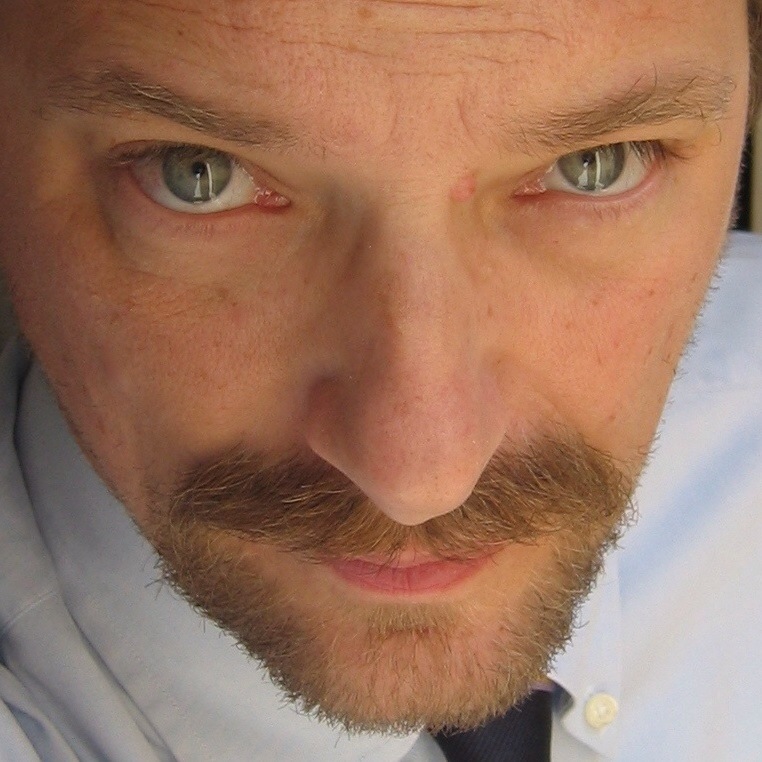Robola Wine Producers Cooperative
Kephalonia Cooperative
San Gerassimo Kephalonia Robola
Greek wine and white!!! ) — 13 years ago
Domaine Louis Michel
Montmain Chablis 1er Cru Chardonnay 2014
The 14 Chablis are really good. This Louis Michel is no different. An excellent example of little intervention of good fruit. This producer uses no oak; which I really appreciate. After you start to appreciate good Burgundy, CA Chardonnays aren't that interesting. Not that I don't ever drink or enjoy some CA Chardonnay producers, I just prefer the cooler climate Chardonnays that don't use new oak. This 14 was clean through and through. Bright citrus, peach, touch of green apple, soft minerality, touch of saline, creamy texture and beautiful round acidity and ripe, elegant finish. Photos of, Louis Michel vineyard, vineyard heat sources to protect the vine buds during their sometimes difficult Spring weather/frosts, Guillaume Michel (Owner/Winemaker) and their Domaine. Producer notes and history...It was largely believed that Michel family had only been cultivating Chablis since 1850. More on that in a bit. The winery is situated right in the heart of the village with 25 hectares spread over the very first slopes that were discovered by Cistercian monks in the 11th century. 40 years ago, the family decided to stop making the wine in wooden barrels, preferring to create clean, pure and precise Chablis without adding artificial woody tastes. I've said it more than once and I'll say it again, if you have good white grapes, strong wood use only covers up good fruit flavor or hides mistakes either in the vineyard or cellar, baring a stylistic choice. Through this philosophy, combined with the limited yields inspired by organic wine-growing techniques, the Domaine has developed a worldwide reputation for fine wine-making in stainless steel tanks. Today, the Domaine is managed by Jean-Loup Michel and his nephew, Guillaume Michel, who is continuing the family tradition. The importance of their work in the vineyards cannot be overstated. Guillaume Michel is a firm believer in the philosophy that if you do a good job in the vineyard, 90 per cent of the work is done when the grapes arrive at the winery. This statement could not be more true in my opinion. It his grandfather who started the philosophy, Guillaume has only continued it and evolved it with modern changes equipment etc.. It’s a matter of preserving the authenticity of each terroir...working with very pure and clean wines. They understand and like to work differences in terroir. Making it very important to have the same vinification for all the different terroirs. It is important to have an aromatically neutral vinification. Up until recently it was believed that the winemaking history of the family began in 1850, but thanks to Guillaume’s mother and her genealogical pursuits the date has been moved back to at least 1640. Around that time a winemaker from nearby Tonnerre settled in Chablis, marking the beginning of the families venture in Chablis. Domaine Louis Michel covers a total of 25 hectares. A very large part (15 hectares) is the domaine’s premier crus. In addition to that there is two hectares of Petit Chablis vines, six hectares of village Chablis and two hectares of grand crus. Vaudesír is the families biggest grand crus. Vaudesír is interesting because it is actually a valley. One side facing south, very hot, producing concentrated and powerful wines. In Grenouilles, Domaine Louis Michel has half a hectare at the top of the slope. This nine hectare grand cru is just over 7 hectares and is owned by the cooperative La Chablisienne. Vaudesír and Grenouilles are quite similar in terms of soil. Vaudesír has a bit more of clay. Les Clos, their third grand cru, is very rocky. Les Clos is the typical Kimmeridgian soil of Chablis. If you're like me and enjoy your white wine with good clean fruit rather than with oak or too much oak but haven't tried Louis Michel wines, pick up a bottle. I think you'll fall in love with the style and the value as many are under $30.
— 8 years ago
Robola Wine Producers Cooperative
San Gerasimo Robola Cooperative of Cephalonia 2012
Petrol and stone fruit on the nose with an oily texture and phenolics. Delicious glass of wine — 10 years ago




Alder Yarrow
Wine Blogger Vinography
Sometimes you just need a #volcanicwine. This one comes from the craggy, windswept Canary Islands of the northwest coast of Africa. Put on some Cesaria Évora and get ready for a whiff of smoky funk followed by deeply mineral flavors of plum and red berries, bitter herbs, and pulverized stone. Faint powdery tannins hang in a haze as the wine lingers with bitter licorice root and camphor wood notes in the finish. Made from old vines of Listan Negro, it’s a classical expression of the Canaries, but from a surprising source. The producers behind this brand are the Spanish cooperative CVNE and local producer Suertes de Marques who selected fruit from theor vineyards in Valle de Orotava on the island of Tenerife. 2016 Medianías Listan Negro Viñas Viejas, Valle de la Orotava, Canary Islands, Spain. — 4 years ago